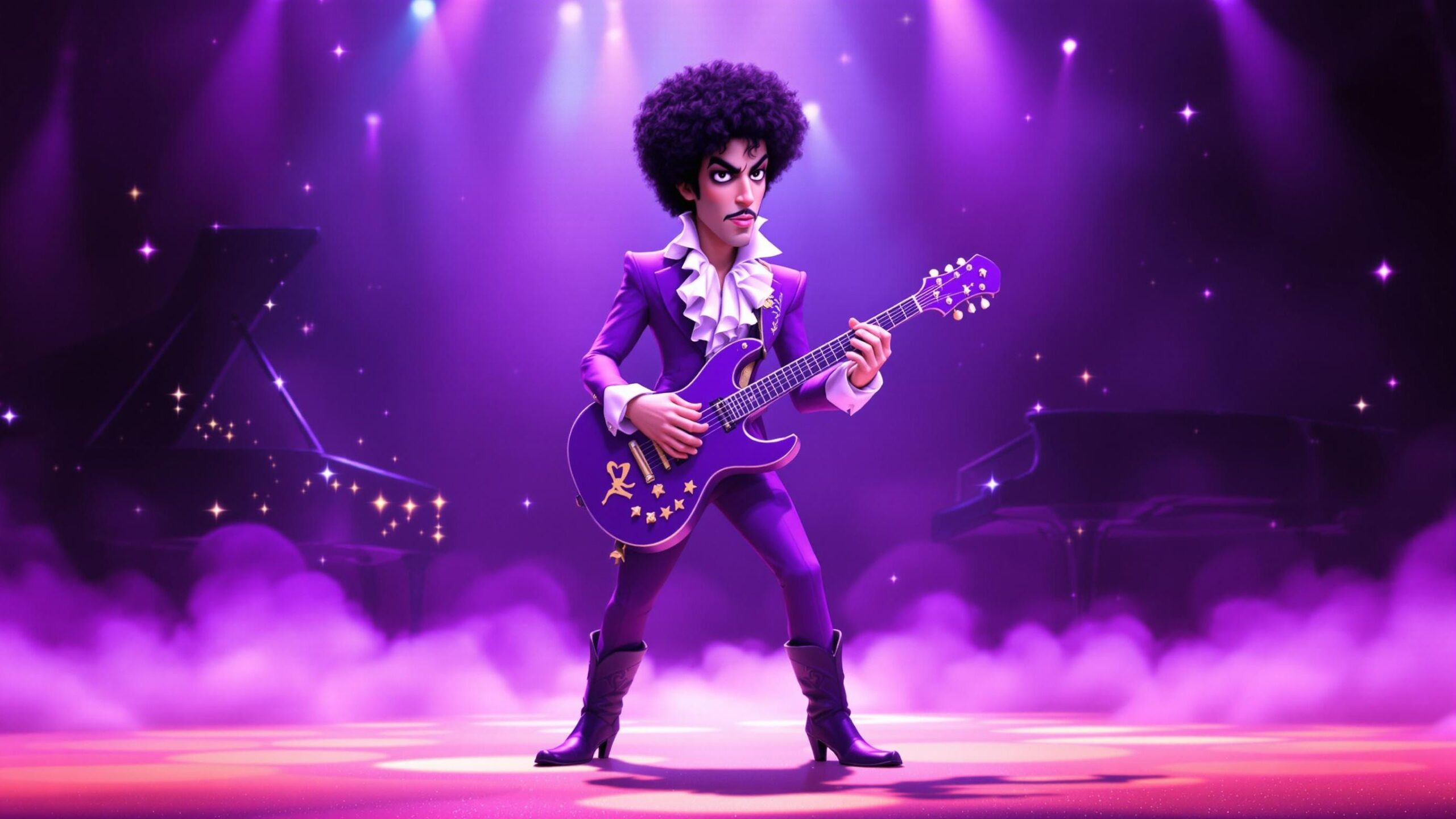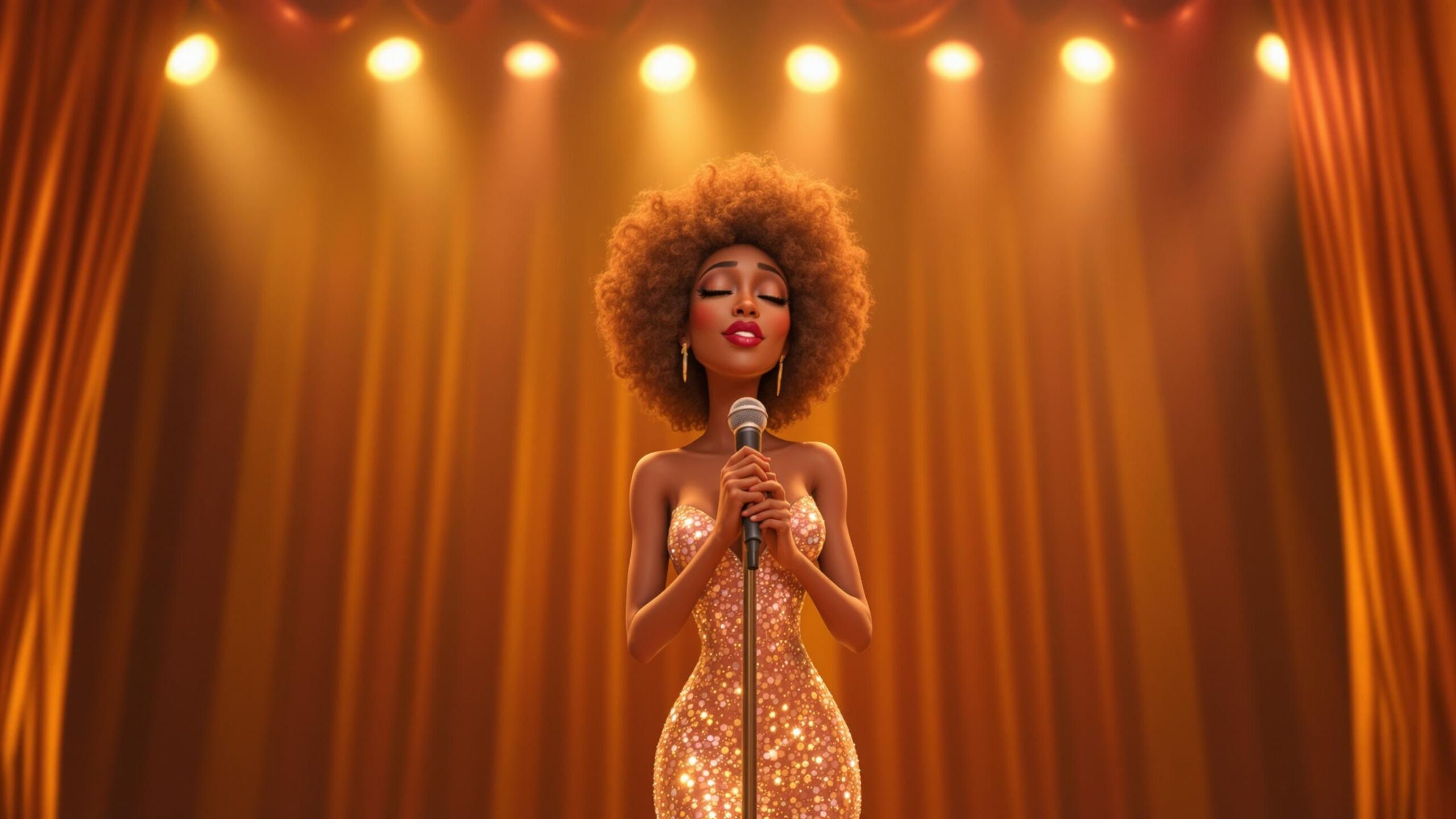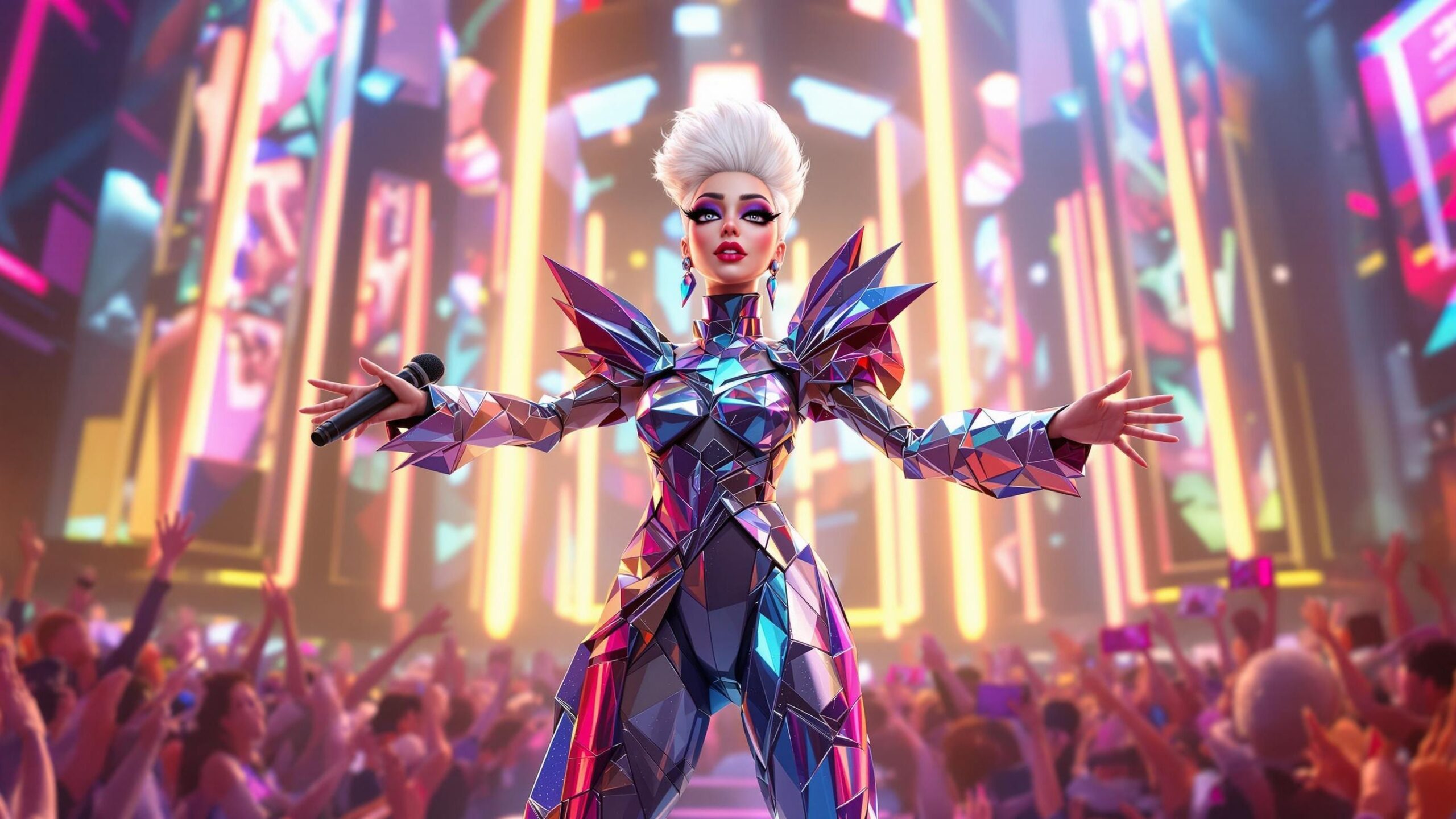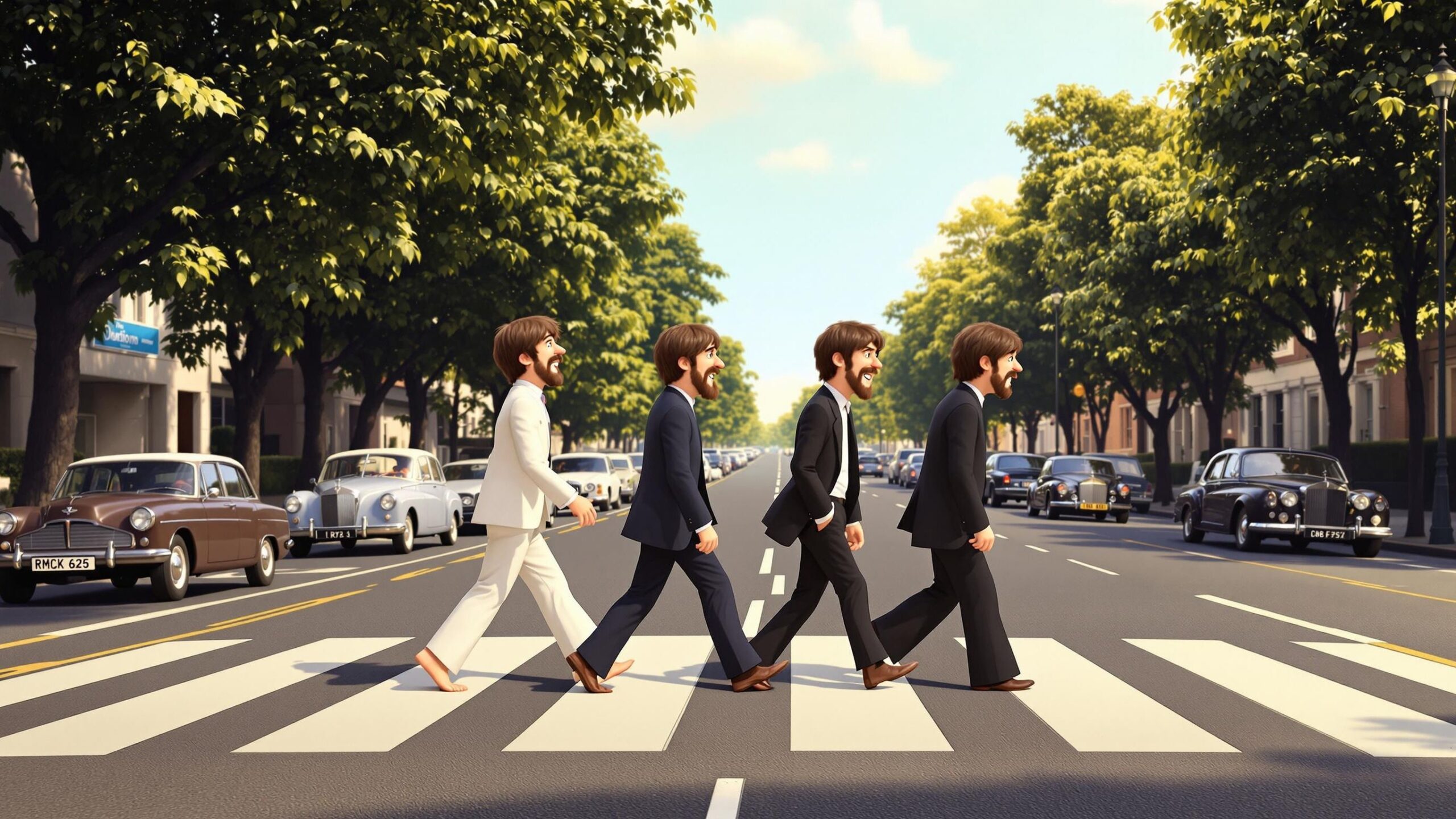Prince Rogers Nelson didn’t just come from Minneapolis—he created an entire sonic universe there. Born on June 7, 1958, into a musical family, Prince was named after his father’s jazz band and raised on a steady diet of funk, soul, and rock. By the time he was a teenager, he was already writing songs, mastering multiple instruments, and crafting a signature sound. From the beginning, Prince was something different—he wasn’t trying to fit in. He was here to stand out, challenge norms, and prove that music had no borders. And by the time the world caught up, Prince had already sprinted into the future.
The Early Years: Breaking In with Sound and Swagger
Prince’s debut album, For You (1978), was a bold introduction to his talent. He wrote, produced, arranged, and played every instrument—a move virtually unheard of at the time, especially for a 19-year-old newcomer. His follow-up albums, including Prince (1979) and Dirty Mind (1980), pushed boundaries with raw, sensual lyrics, genre fusion, and daring stage presence. His music was equal parts funk, rock, pop, and new wave—melding the erotic with the experimental. Songs like “I Wanna Be Your Lover” and “Controversy” made it clear: Prince wasn’t just another artist. He was a genre-defying provocateur with a falsetto to melt glass and a guitar lick to raise the dead. Prince didn’t just want a piece of the pie. He wanted to bake the whole thing his way—and dye it purple.
Purple Reign: 1999, Purple Rain, and Icon Status
If the world hadn’t already taken notice, 1999 (1982) changed that. With hits like “Little Red Corvette” and the apocalyptic party anthem “1999,” Prince crashed into mainstream consciousness. The album’s blend of synth-funk and electric rebellion felt futuristic, political, and personal. He was no longer a cult favorite—he was a cultural force. Then came Purple Rain (1984). The film, the soundtrack, the era—it wasn’t just a peak, it was a coronation. “When Doves Cry,” “Let’s Go Crazy,” and the title track became instant classics. Prince’s androgynous style, spiritual symbolism, and explosive performances made him both sex symbol and seer. He won an Academy Award for Best Original Song Score and solidified himself as the reigning genius of his time. Draped in purple, drenched in sweat, and dripping with confidence, Prince redefined what it meant to be a rock star—and claimed a throne no one else could sit on.
The Artist as Architect: Creating Paisley Park
As his fame soared, Prince craved creative independence. In 1985, he founded Paisley Park—a hybrid of recording studio, artistic sanctuary, and imagination lab. There, he wrote and produced not only his own albums but also hits for artists like The Time, Sheila E., and Vanity 6. Paisley Park wasn’t just a studio—it was a statement. Prince believed artists should control their work, and he fought fiercely to make that vision real. The facility reflected his eclectic tastes: part glam, part funk, part psychedelic daydream. And within its walls, he unleashed albums like Sign o’ the Times (1987), Lovesexy (1988), and Diamonds and Pearls (1991)—each one bending genre and expectation alike. Prince wasn’t content to create music—he created movements. And Paisley Park was the heartbeat of it all.
The Name Change: Identity, Ownership, and the Battle with the Industry
In the 1990s, Prince entered one of the most controversial and misunderstood phases of his career. In a battle over creative control and rights with Warner Bros., Prince changed his name in 1993 to an unpronounceable symbol—often referred to as the “Love Symbol.” He appeared at events with the word “slave” written on his face and refused to be boxed in by the music industry’s corporate constraints. To many, it was confusing. But to Prince, it was liberation. He was declaring independence from a system that controlled artists’ names, masters, and futures. He released music prolifically—sometimes under pseudonyms or unconventional formats—challenging fans to follow him not because he was famous, but because he was free. Years later, when he won back his rights, he resumed using the name Prince. But by then, the message had been delivered: artistry is power, and power should never be handed away.
A Livewire on Stage: Performance as Sacred Ritual
Prince on stage was something between a preacher, a magician, and a god of groove. Whether in a stadium or an intimate club, he gave every drop of sweat to his performance. His Super Bowl halftime show in 2007 is still considered one of the greatest of all time—especially when he shredded his guitar to “Purple Rain” as real rain poured down from the sky. He could silence a crowd with a ballad one moment and light it on fire with a ten-minute jam the next. Every concert was a masterclass in charisma, spontaneity, and musicianship. Backed by legendary bands like The Revolution and New Power Generation, he created a live experience that was never the same twice. He didn’t just perform—he converted audiences. Prince didn’t need props. He had presence.
A Legacy Beyond Sound: Influence, Fashion, and Fearless Identity
Prince’s influence stretched far beyond music. His fashion—lace shirts, ruffled blouses, heeled boots—challenged gender norms. His lyrics explored race, spirituality, politics, and sexuality with nuance and nerve. He made it okay to be strange, to be sensual, to be spiritual, and to be all of those things at once. He mentored and inspired artists like Beyoncé, Alicia Keys, Lenny Kravitz, D’Angelo, and Janelle Monáe. Everyone from Bruno Mars to The Weeknd owes a nod to his genre-blending brilliance. But more than anything, Prince taught artists to own themselves—to control their image, their music, and their message. He was a blueprint for freedom in art. A walking contradiction. A living revolution.
Final Bow: A Sudden Goodbye to a Timeless Talent
On April 21, 2016, the world lost Prince unexpectedly at the age of 57. The outpouring of grief was immediate and massive. Cities turned purple. Landmarks lit up in tribute. Fans danced in the streets to his music. Tributes came from musicians, actors, presidents—even NASA. Prince left behind an unreleased vault of music so vast it could fill decades. His estate, Paisley Park, was opened to the public, giving fans a glimpse into the mind of a genius. His posthumous releases continue to show the depth and innovation of his unreleased work. Though his physical presence vanished, his sound, style, and soul remain louder than ever.
Long Live the Purple One
Prince was never just one thing—he was everything. A guitarist as skilled as Hendrix. A vocalist as smooth as Marvin. A showman as electric as James Brown. A visionary as bold as Bowie. He was funk, rock, soul, jazz, R&B, and more—all fused into a force no one could predict, replicate, or contain. He blurred boundaries so the next generation didn’t have to fight them. He didn’t just perform—he liberated. In purple coats and high heels, with love symbols and falsettos, he redefined what it meant to be an artist. And though he’s gone, every time a song dares to mix genres, defy labels, or dance like no one’s watching, Prince is there.




